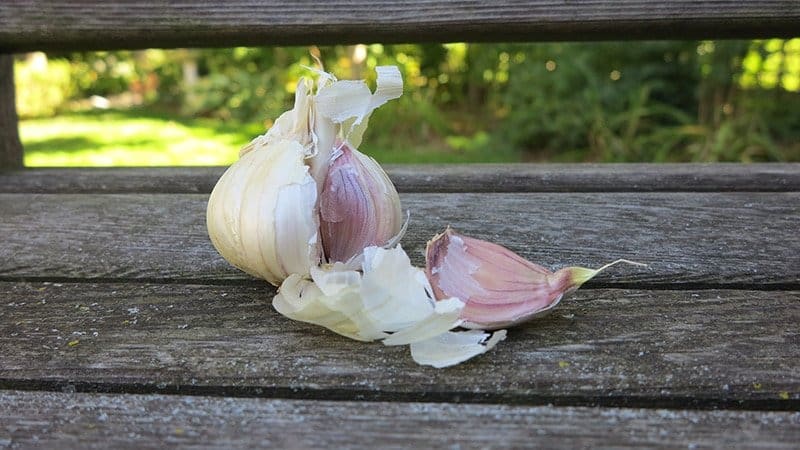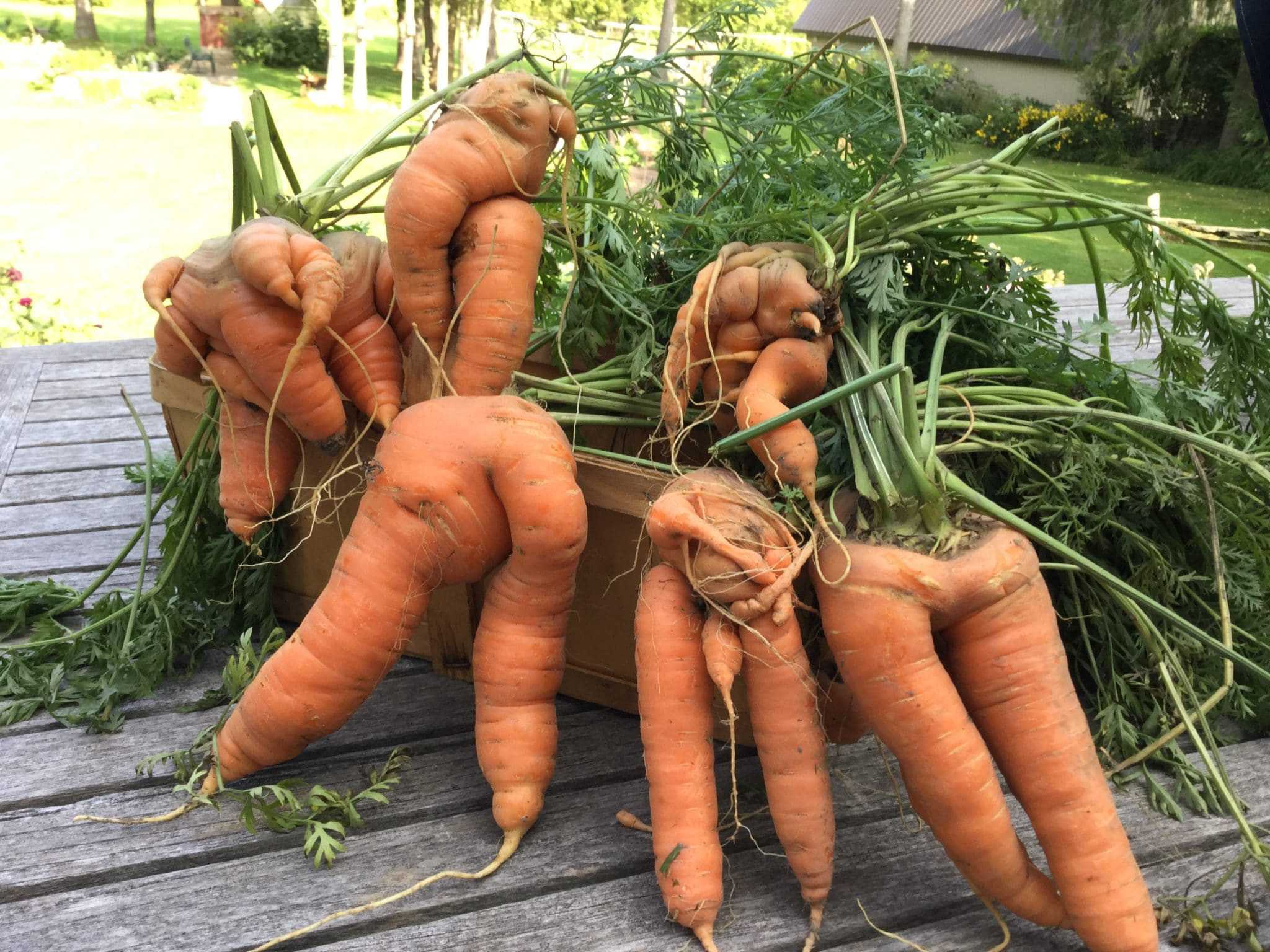A few weeks ago, I harvested more than two dozen heads of garlic. Not a big haul, but enough to make me feel productive. I set aside six of the largest heads to separate into individual cloves to plant in a few weeks — usually late October in my Zone 5 garden. This satisfying ritual has been on repeat for at least five years now.
Planting garlic and mulching the bed with a thick layer of shredded leaves once the ground is frozen is one of my final fall tasks in the garden and the first plants I check on in early spring when I peek under the shredded leaves to look for fresh green shoots.

“Looking for big garlic cloves” by Judith Adam describes a few choice cultivars and Carol Pope discusses “4 fabulous ways to harvest homegrown garlic.”
Not everything needs cutting back
At this time of year, decisions of what perennials to cut back and when to make the cuts need to be made. I’m not a particularly tidy gardener and believe plant debris — leaves, small twigs, seedheads — are beneficial for the soil, as well as for birds and insects looking for sustenance and shelter. An especially good case for leaving seedheads intact is made at “Leave some seed for birds.”
However, I do draw the line at mushy hosta leaves, mildewed phlox and peony foliage and the like, however. Those need to go.
Monumental edible plants database
There are projects and then there are Big Projects. Bruce French’s 54-year mission to catalogue all of the world’s edible plants qualifies as a Big Project. It all started in Papau New Guinea when French was teaching agriculture. His students were tired of learning about western plants and wanted to know about the edible plants native to their region.
Their request prompted him to research edible plants elsewhere, and he ultimately just kept going, from country to country. After five decades, French’s database includes more than 31,000 edible plants. His work has been used to address malnutrition throughout the world.
Carrots with personality
First-time carrot grower Valerie C., who gardens near Stouffville, Ontario, sent in this photo of the quirky carrot crop she harvested a few weeks ago.

Cuteness aside, it’s likely her carrots split and forked because as the young plants pushed their tips farther down into the soil, they encountered impediments, such as clumps of heavy clay or stones. Sometimes, nibbling insects or nematodes may be the culprits, or seedlings growing too close together. In any case, Valerie has a conversation piece that’s also edible.








